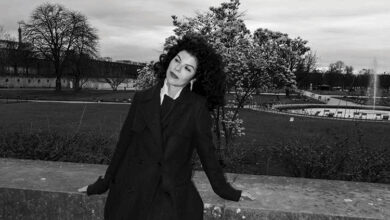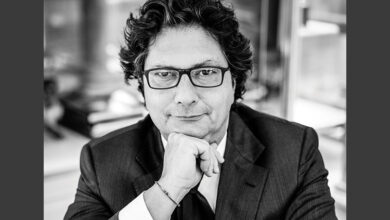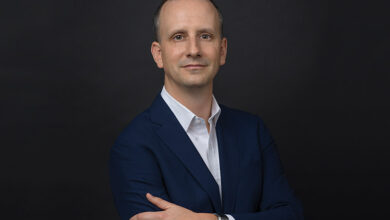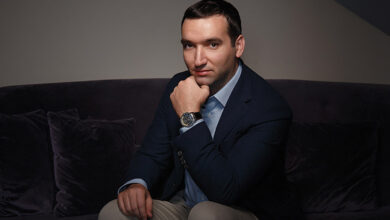The A. Lange difference
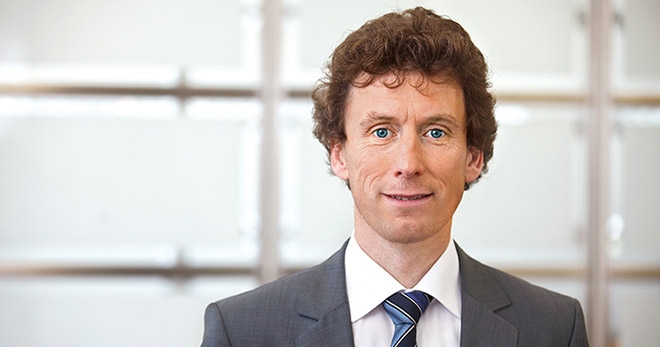
Established in 1845 by Dresden watchmaker Ferdinand Adolph Lange, the maison of A. Lange & Söhne was in a hiatus in the aftermath of World War II, until it was revived by great-grandson Walter Lange. Tino Bobe, Director of Manufacturing, talks to “Day & Night” on what makes the marque stand out in the horological industry
Q:How hard or easy is it for A. Lange & Söhne to maintain the essence of the brand in the face of constantly changing trends such as classical, sporty, etc.?
A:It is easy for A. Lange because we maintain an understated, minimal design that we express in our watches and we constantly get feedback from our connoisseurs, collectors, and brand aficionados to stay as we are and not give in and follow short-term trends.

Q:What is your view of the fact that horological aficionados consider A. Lange as the best watchmaker – in terms of the details, the finishings, and the movement – in the industry?
A:We are happy to hear that; we are not saying we are the best. It is dangerous to become arrogant, we are just doing our work and trying to stay true to our DNA of always going one step further or add one thing more and not take the easy way out. It has always been that way with us. When we restarted the brand in 1990, after an interruption of 40 years, we could have done the same thing that other brands had done in the 40 years in our style, our way.
That would have been the easy thing to do. We did not do that; we pushed limits until we had the asymmetric dial design in Lange 1 and the outsize date, which was innovative for its time. In all this, we tried to give a little bit more and this is true this year too, where we have the integrated day and night indicator in the Lange 1 Moon Phase. The easy way would have been to take the Lange 1 movement and just add the moon phase or the decimal striker. But we had to add one more thing; take an idea and push it forward. Just taking honey gold, our own alloy, and doing one of these watches with acoustics and indication was not enough. One of the reasons for our success over the years has been because we have not taken the easy way.

Q:Why has A. Lange been focusing a lot on acoustics, such as the Minute Repeater, the Striking Time, over the past few years, and now the Decimal Striker?
A:If you look at our offerings over the past few years, we actually have launched a number of complicated watches including perpetual calendars and tourbillons too, such as the Datograph. It is the same with acoustics; we manufacture so many complications now. Another reason is that when we started with our first complication, we were already thinking of the Striking Time. You know how it is when you are working on one idea of a topic and another one comes up and you are fascinated by it. As we were making the Striking Time, the idea for the Grand Complication came up; the same thing happened with the Minute Repeater.
Then we start discussing the acoustic variations that are possible with the usage of different materials and that resulted in more editions. When you are working on projects, you get new ideas. That is what happened with the Decimal Strike. We were working on the acoustics for the Minute Repeater with honey gold and decided to go one step further. We got inspired by the Minute Repeater to create the Decimal Minute Repeater and then the Decimal Strike. The challenge was to get 50 per cent more energy as we needed to get six strikes instead of four now.

Q:How many prototypes did you have to go through before you could launch the Zeitwerk Decimal Strike?
A:We had to go through hundreds of designs – I am talking about designs, not prototypes. We then had to filter them to go to the prototype stage.
Q:How did you feel when the first Zeitwerk watch was launched in 2009?
A:We were very tense as we did not know how it would be received in the market. But since it was received so well, we were soon reassured and we now have a separate team at our manufacture for the Zeitwerk.
Q:How do you feel about A. Lange’s chronograph, which is considered the best by industry experts?
A:I was present at our booth two years ago, when Philippe Dufour came by with a group of 12 people. He was telling them about the time when A. Lange had unveiled the Datograph in 1998. He, who has spent almost his entire lifetime among watches, said that at that time he was highly impressed and was waiting to see how the Swiss watch industry would answer to this chronograph made by a German company. Now, after so many years, he continued, he is still waiting. We are of course very proud; I think we have two beautiful chronographs, though they are so dissimilar in design.
Q:Why does A. Lange concentrate so much on the finishings of the movement?
A:I think it is just part of the way we think, something so intrinsic that it is part of the spirit of our people.
Q:Tell us about the honey gold?
A:The honey gold was first launched in 2005. When we started working on a new metal, our requirement list included features such as that it must be a precious metal harder than gold that could be used for our cases, could be polished, etc. At the end of the list was the wish that if possible, it should have its own colour. We have been able to achieve the hardness that we desired and the colour is an additional bonus that enhances the look of our watches.





